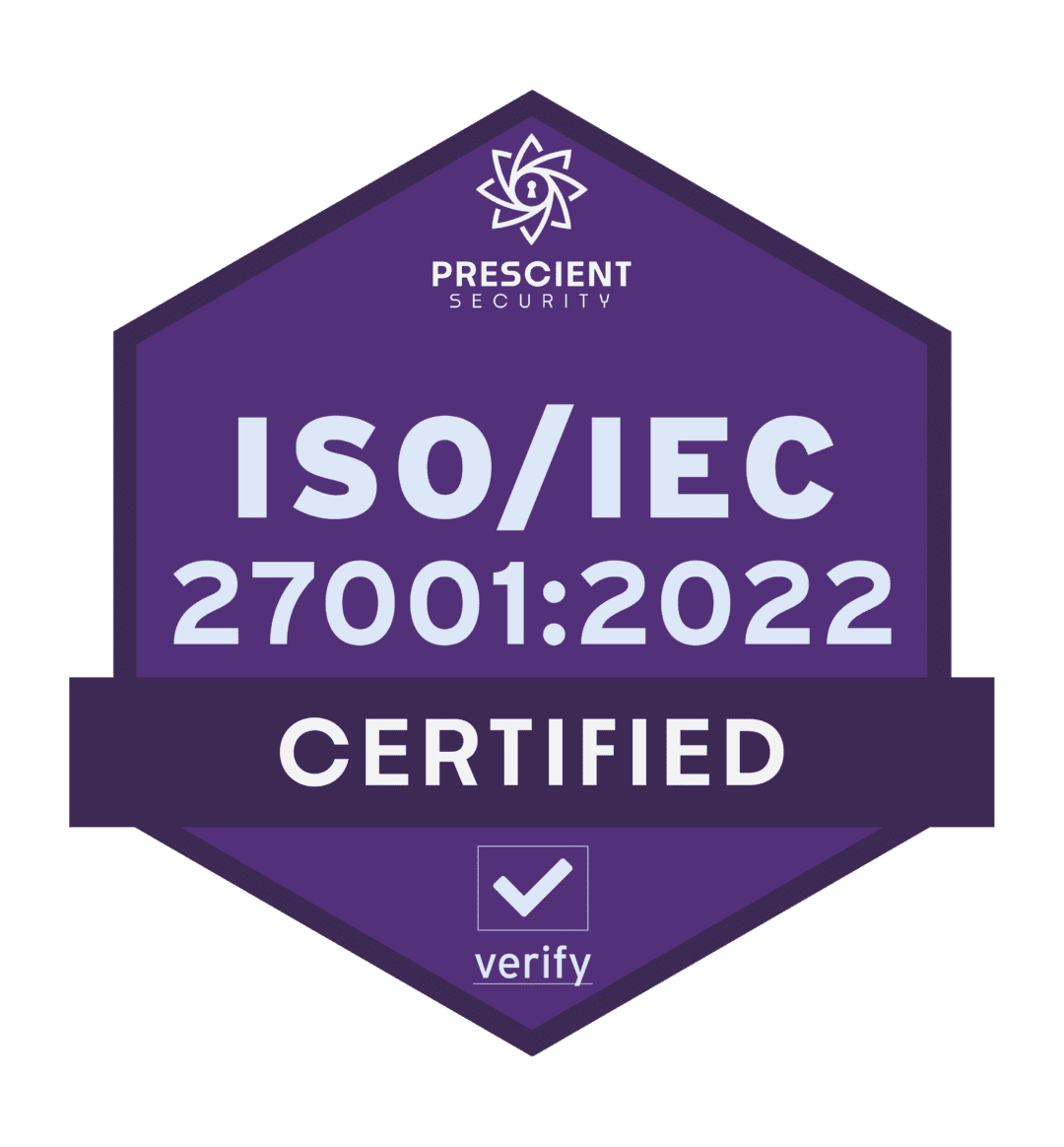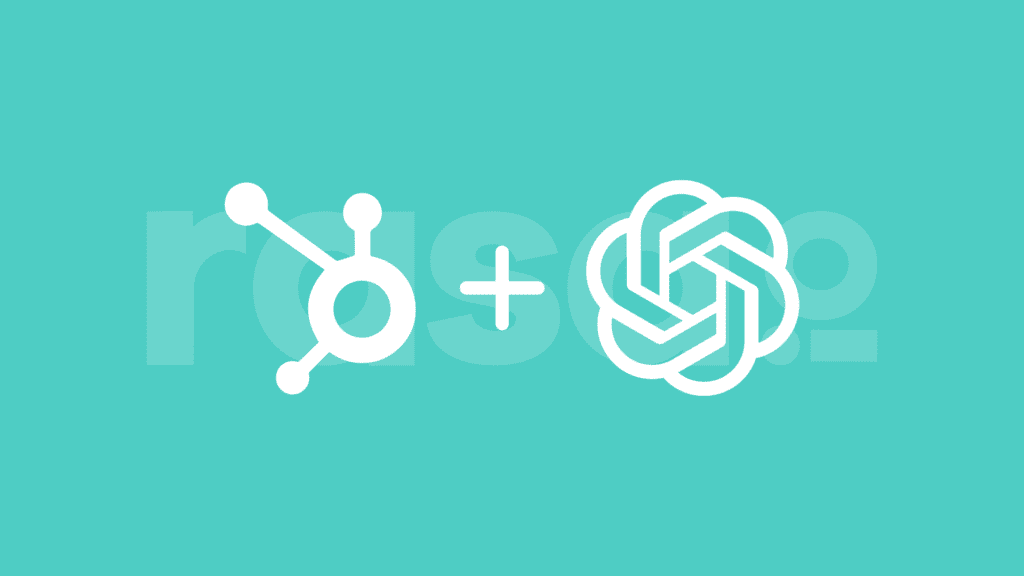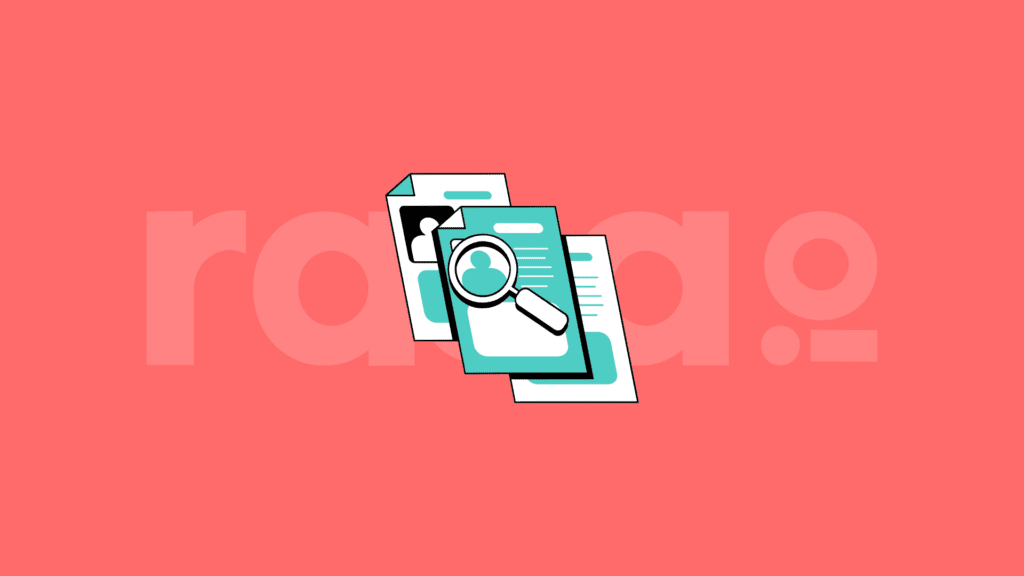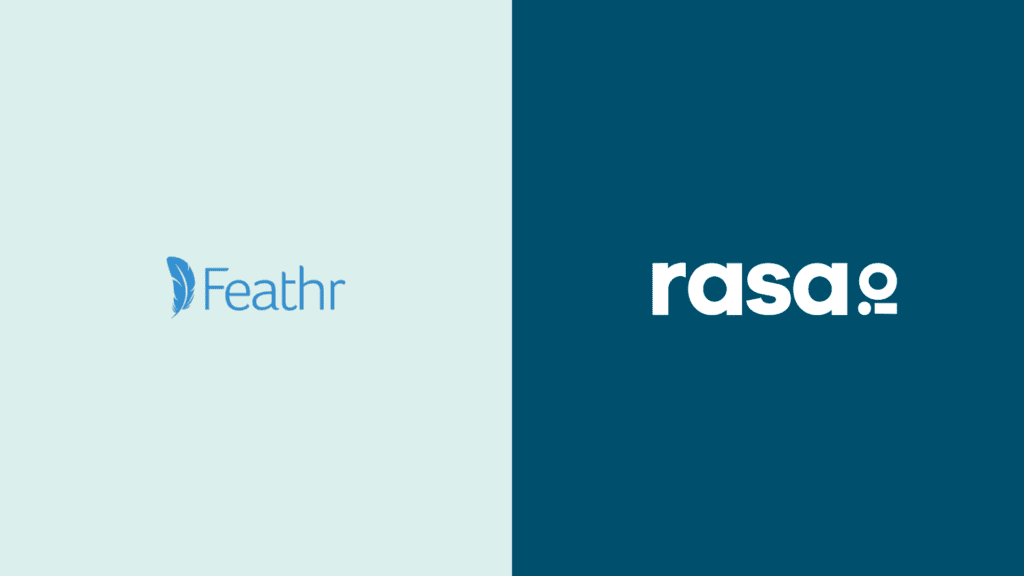You love the power that email marketing gives you. Through email, you’re able to engage your target audience directly, tailoring your marketing and promotional strategies to the particular needs and interests of individual clients and prospects. Indeed, the accessibility and the adaptability of email marketing are truly immense.
However, there may well be one critical aspect of accessibility in email marketing that you haven’t considered: the issue of accessibility for audiences with special needs. While it is undoubtedly true that email marketing can provide you with unprecedented access to your target customer, that does not necessarily mean that your email marketing strategies are providing audiences with sufficient access to you.
The issue of web accessibility, or the lack thereof, is deeply problematic for businesses and audiences alike. According to recent estimates from the US Census Bureau, more than 40 million Americans are living with some form of disability. That’s over 12% of the US population.
What this means is that if your email marketing campaigns are not accessible to this vast and growing segment of the consumer market, you’re missing out on a huge sector. Not only this but, under the terms of the Americans with Disabilities Act (ADA), you may also be breaking the law.
What is Web Accessibility and Why Does It Matter?
Web accessibility simply refers to the development of digital content designed to accommodate the needs of persons with functional differences. This would include end-users with sensory, mobility, or cognitive impairments. The ultimate goal of web accessibility is to provide a user experience (UX) for special needs end users that is equivalent to that of the “typical” end user.
This would involve, for instance, the use of the provision of content in alternate formats for audiences who may have low vision or hearing impairments. Accessible web content, thus, would accommodate screen reading technologies for blind audiences, content captioning for end-users who are Deaf or hard of hearing, or voice control capabilities for audiences with mobility or cognitive differences.
When you design your content with accessibility in mind, you are inevitably going to not only enhance their user experience but also increase their engagement. Without accessible design, end-users with special needs will likely be unable to interact with the content you provide.
When it comes to email marketing, for example, this may well mean that recipients are unable to read the critical information your message is designed to provide. Likewise, without accessible design, your target audience may be unable to respond to a call to action embedded in the email, such as clicking a hyperlink to receive a promotional discount, purchasing an item, or reserving a seat at an online promotional event.
Free download: The Straight Talk Guide to Content Curation
The Straight Talk Guide to Content Curation [Free Download]
Web Accessibility and the Law
As has already been suggested, accessibility isn’t just a lofty goal. Rather, it’s a legal requirement under federal statutes. Though legislation, such as the ADA, has historically focused on public spaces in the physical domain, courts have increasingly begun to apply accessibility statutes to technology in general and the digital domain in particular.
These laws are typically applied through the rubric of the recently-formulated Web Content Accessibility Guidelines (WCAG). Currently, all web content produced by the US federal government or its affiliates must adhere to WCAG standards. Further, WCAG compliance is strongly encouraged in the private sector and, indeed, is increasingly being required by the courts as an attribute of the ADA and related accessibility laws.
Designing Accessible Emails
Crafting a marketing email that gets results is no easy proposition, and you may well feel overwhelmed at the prospect of adding accessibility to all the boxes your marketing emails need to check. It’s certainly true that designing accessible content for every functional variation your audience may represent is nearly impossible.
Nevertheless, there is a range of best practices in accessible design which can open your email marketing to a much wider audience. Enrolling yourself and your team in web accessibility training courses can be an ideal way to learn to integrate universal design principles into your standard work process.
In addition, your approach to accessible design should also focus on personalization. Offering a menu of options to allow your end-user to modify your email content to make it more functional for them will provide a better experience of the content itself. Even more important, however, is that it will telegraph a message of compassion, empathy, and concern. End-users will feel understood and valued by a company that cares enough to understand and accommodate their needs, even in something as seemingly workaday as a marketing email.
Thus, you might offer menu options that allow email recipients to change font types and sizes or even to modify color schemes for audiences with colorblindness. The key is to retain the quality of the experience and the functionality of the content no matter who recipients with special needs must consume it.
The Takeaway
Web accessibility is a critical issue in our increasingly digitized world. Thus, designing your marketing emails with accessibility in mind isn’t just an ideal, it’s a legal and financial necessity. Accessible design ensures you’re keeping ahead of federal statutes while catering to a large, lucrative, and often underserved market demographic.












